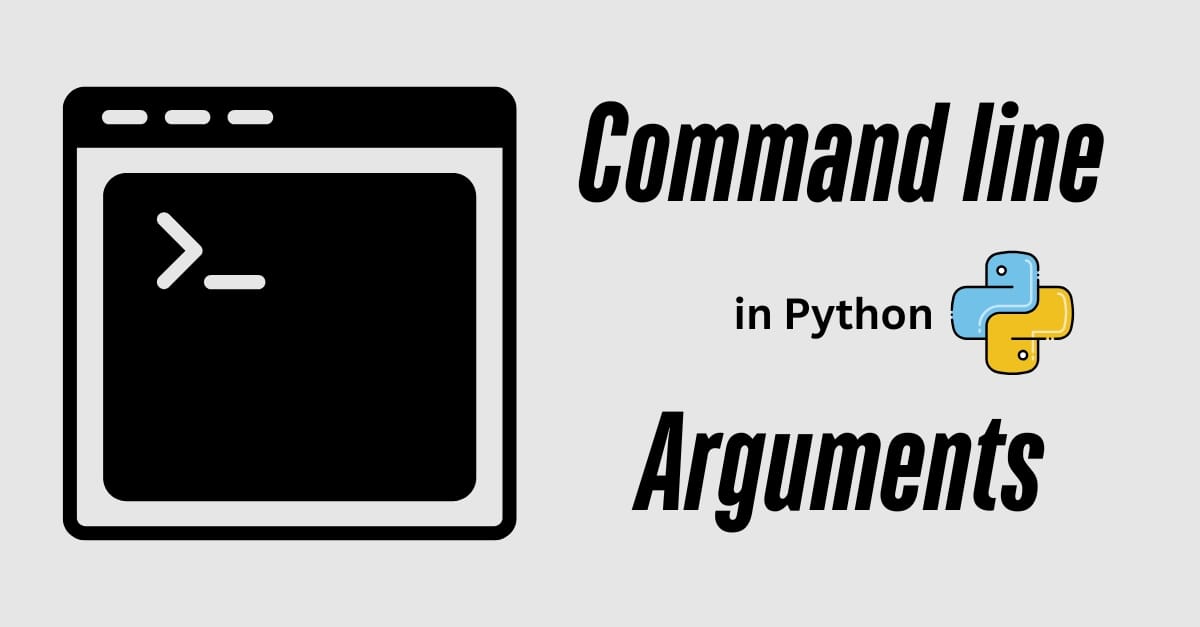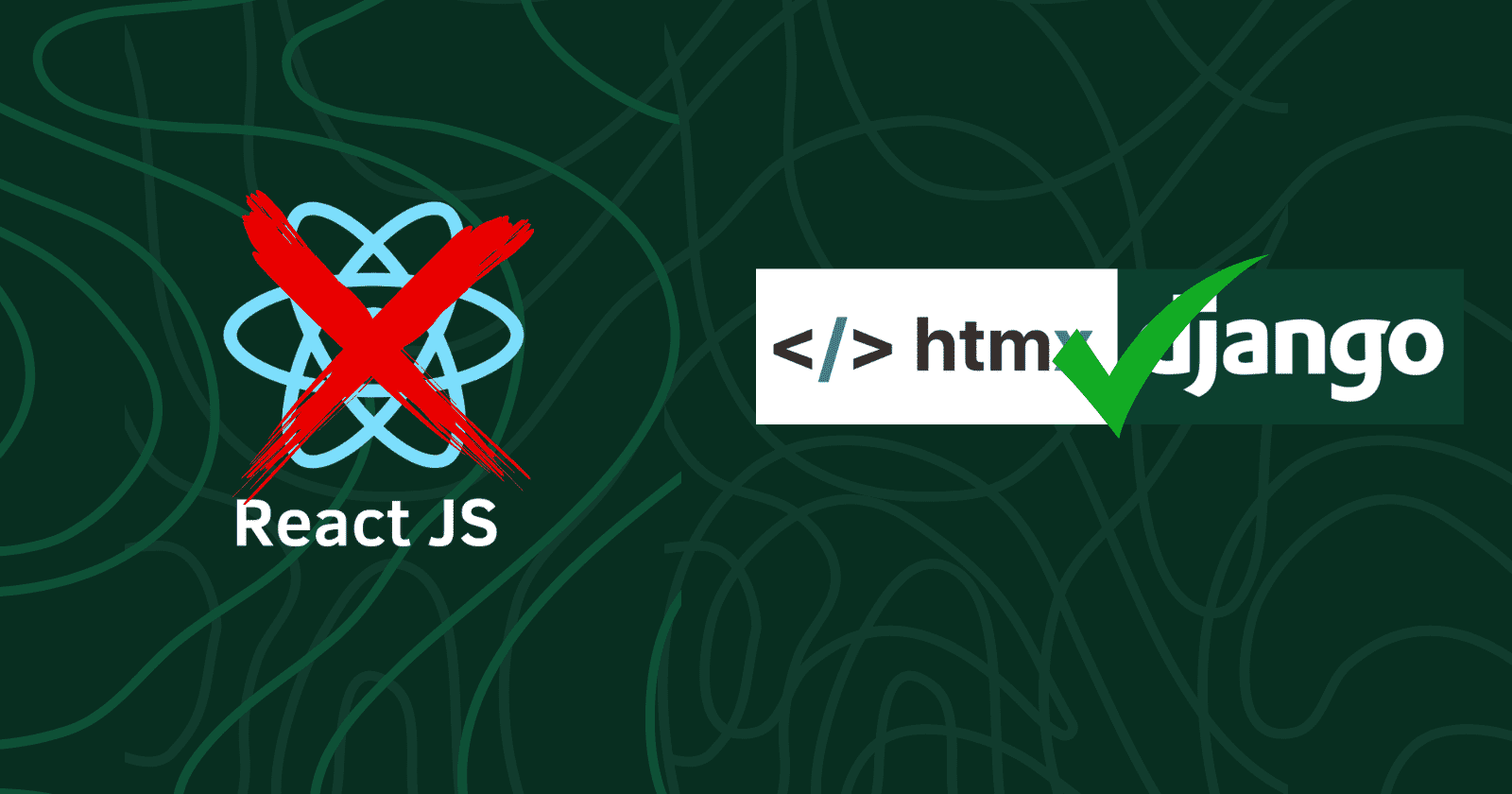Have you ever worked on a project where the team felt great, but the final product flopped? That’s the dark side of vibe coding. It's when developers prioritize creativity and flow over structure and best practices. While it may feel productive at first, it often leads to chaos, technical debt, and long-term issues.
The Illusion of Speed and Efficiency
Vibe coding gives the illusion of rapid progress, much like a sugar rush—it feels great but fades quickly. Without proper planning, the lack of structure catches up, turning initial momentum into a maintenance nightmare.
- Lack of Planning: Skipping structured planning leads to technical debt, requiring costly fixes later.
- Ignoring Best Practices: Security vulnerabilities and inefficient code arise when best practices are disregarded.
- Premature Optimization: Over-engineering without data-driven insights slows development and wastes resources.
Communication Breakdown and Misalignment
Vibe coding thrives on subjectivity, making collaboration and code reviews difficult. Without clear guidelines, projects become disorganized.
- Ambiguous Requirements: Lack of defined specifications results in inconsistent implementations.
- Code Review Challenges: Subjective coding styles turn reviews into debates rather than constructive discussions.
- Insufficient Documentation: Lack of documentation makes onboarding new developers difficult.
The Rise of Technical Debt and Maintenance Nightmares

When structure is sacrificed for creativity, technical debt accumulates, making future improvements challenging.
- Spaghetti Code: Inconsistent architecture leads to unmanageable codebases.
- Higher Bug Density: Rushed code results in unstable software and poor user experience.
- Scalability Issues: Lack of a solid foundation makes scaling and refactoring difficult.
When Creativity Becomes Chaos

While innovation is crucial, unchecked experimentation can derail a project.
- Unstructured Experimentation: Aimless development leads to wasted time and inefficiency.
- Neglecting User Needs: A focus on the 'vibe' can cause teams to overlook what truly matters—user experience.
- Feature Creep: Undefined scope results in bloated projects that are hard to manage.
Mitigating the Risks: A Balanced Approach
The good news? You can embrace the best aspects of vibe coding while maintaining structure. Here's how:
- Emphasize Communication & Documentation: Clear documentation and open discussions prevent misunderstandings.
- Define Coding Standards: Establish best practices to maintain code consistency and security.
- Adopt Agile & Iterative Development: Agile methodologies ensure adaptability and continuous improvement.
- Prioritize Testing & QA: Thorough testing guarantees stability and reliability.
Conclusion
Vibe coding may feel liberating, but without structure, it leads to instability. By balancing creativity with discipline, teams can build innovative, scalable, and maintainable software.







No comments yet. Be the first to comment!